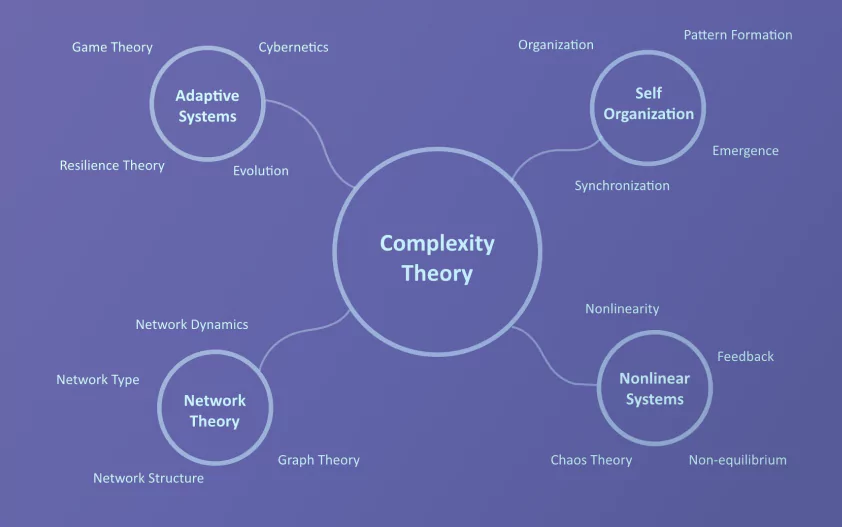Creating Elegant and Practical Designs through Simplicity
In today’s fast-paced digital world, simplifying complex designs is key to creating effective and user-friendly landing pages. Overly complicated layouts can confuse visitors, resulting in poor user experience and lost conversions. By simplifying complex designs, businesses can create clearer, more intuitive pages that focus on their core message and drive better results. Whether you’re streamlining navigation, reducing clutter, or improving responsiveness, simplifying complex designs ultimately enhances the user experience.
1. Overly Complex Designs
Trend: Complex and overly elaborate designs, including excessive animations, videos, or elements that distract from the main message.
Reality: Cluttered designs can overwhelm visitors, leading to confusion and a higher bounce rate. Focus on simplicity and clarity to communicate your message effectively. For inspiration, Apple’s website is a great example of a minimalist, user-focused design.
2. Too Many Call-to-Actions (CTAs)
Trend: Including multiple CTAs thinking it will increase conversion opportunities.
Reality: Too many CTAs can confuse visitors and dilute the primary goal of the landing page. Focus on a clear, primary CTA that guides visitors toward the desired action. Tools like Unbounce offer great insights on CTA best practices.
3. Lengthy Forms
Trend: Including lengthy forms to gather extensive user data.
Reality: Long forms can deter users from completing them. Opt for concise forms, asking for essential information. You can also consider progressive profiling, which collects information over time, leading to higher completion rates.
4. Lack of Mobile Responsiveness
Trend: Ignoring mobile responsiveness, assuming desktop design is sufficient.
Reality: Mobile users constitute a significant portion of web traffic. Ensure your landing page is responsive and offers a seamless experience across devices. Use tools like Google’s Mobile-Friendly Test to check if your site is optimized for mobile.
5. Autoplaying Media
Trend: Autoplaying videos or audio upon landing page load.
Reality: Autoplaying media can disrupt the user experience, leading to annoyance and increased bounce rates. Allow users to initiate media playback instead. Check out Vimeo’s guidelines, which recommend using user-initiated media playback.
6. Misleading or Clickbait Content
Trend: Using misleading headlines or exaggerated claims to attract clicks.
Reality: Trust is crucial. Misleading content damages credibility and can lead to negative user experiences. Ensure your landing page content aligns with the visitor’s expectations to build long-term trust.
7. Ignoring Loading Speed
Trend: Neglecting loading speed due to incorporating high-resolution images or heavy scripts.
Reality: Slow-loading pages lead to higher bounce rates. Optimize images, reduce unnecessary scripts, and prioritize loading speed for a better user experience. You can use Google PageSpeed Insights to test and improve page load time.
8. Neglecting A/B Testing
Trend: Assuming one design or strategy fits all scenarios.
Reality: A/B testing allows you to refine your landing page based on real user data. Continuously test variations to optimize conversion rates. Platforms like Optimizely and Google Optimize can help you run A/B tests effectively.
Conclusion: Simplifying for Success
When designing landing pages, it’s essential to focus on strategies that prioritize user experience, clarity of message, and a clear path toward conversion. Avoiding trends that compromise these elements can lead to more effective and successful landing pages. Always consider your target audience, their needs, and how your landing page can best serve them to achieve your business objectives.

